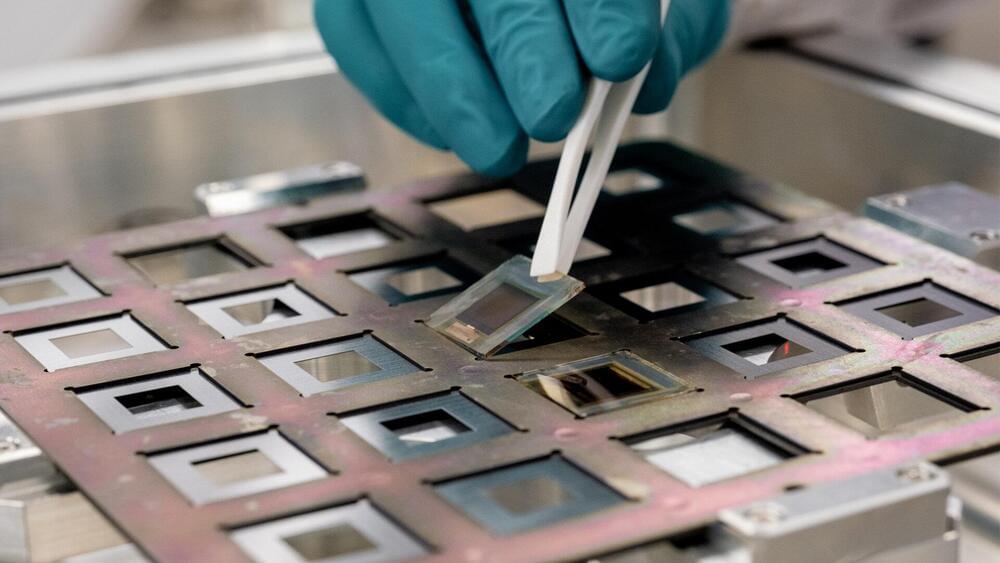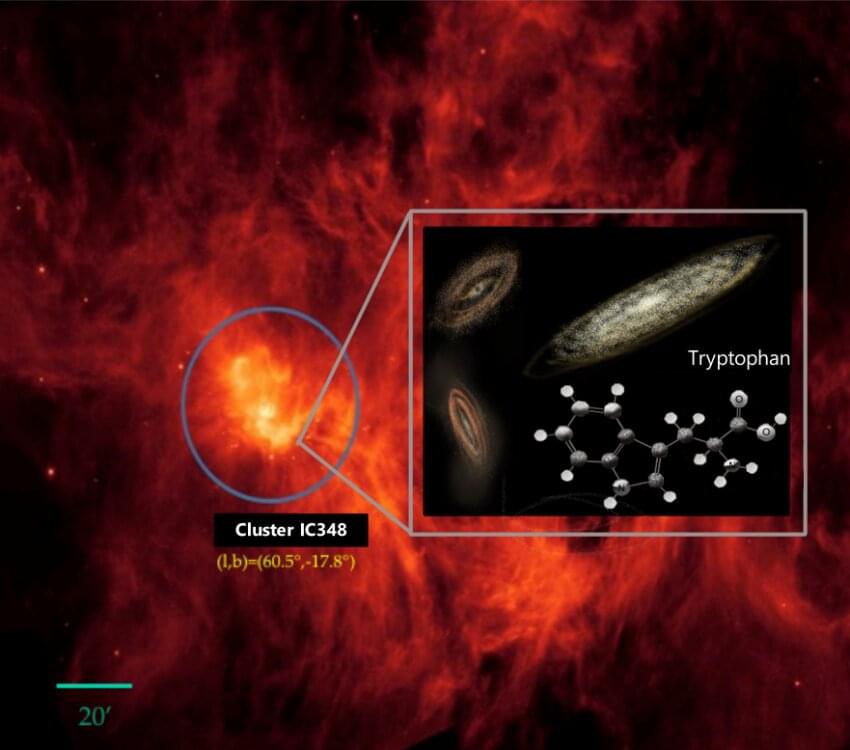Using ChatGPT can put you on the path to becoming a millionaire, according to a YouTube video from personal finance expert Jaspreet Singh.
Get the latest international news and world events from around the world.

The AI feedback loop: Researchers warn of ‘model collapse’ as AI trains generated content
Join top executives in San Francisco on July 11–12, to hear how leaders are integrating and optimizing AI investments for success. Learn More
The age of generative AI is here: only six months after OpenAI’s ChatGPT burst onto the scene, as many as half the employees of some leading global companies are already using this type of technology in their workflows, and many other companies are rushing to offer new products with generative AI built in.
But, as those following the burgeoning industry and its underlying research know, the data used to train the large language models (LLMs) and other transformer models underpinning products such as ChatGPT, Stable Diffusion and Midjourney comes initially from human sources — books, articles, photographs and so on — that were created without the help of artificial intelligence.


Octo-eyes: Unraveling Octopus Vision with Neural Mapping
Summary: Researchers mapped neural activity in an octopus’s visual system, revealing striking similarities to humans.
The team observed neural responses to light and dark spots, thereby creating a map resembling the organization of the human brain. Interestingly, octopuses and humans last shared a common ancestor around 500 million years ago, suggesting independent evolution of such complex visual systems.
These findings contribute greatly to our understanding of cephalopod vision and brain structure.


Exclusive: Watch Humane’s Wearable AI Projector in Action
Humane, the top-secret tech startup founded by ex-Apple vets Imran Chaudhri and Bethany Bongiorno, just showed off the first demo for its projector-based wearable at a TED talk. Axios’ Ina Fried broke the news, and Inverse has seen a recording of the full TED talk given by Chaudhri.
Humane founder and ex-Apple designer Imran Chaudhri shared the first look at the company’s AI-powered wearable projector. Here’s an exclusive first glimpse of Humane’s screen-less iPhone killer in action and details on its many functions including making and receiving phone calls, summarizing notifications, and translating your voice in real-time.


Perovskite solar cells set new world record for power conversion efficiency
Perovskite solar cells designed by a team of scientists from the National University of Singapore (NUS) have attained a world record efficiency of 24.35% with an active area of 1 cm2. This achievement paves the way for cheaper, more efficient and durable solar cells.
To facilitate consistent comparisons and benchmarking of different solar cell technologies, the photovoltaic (PV) community uses a standard size of at least 1 cm2 to report the efficiency of one-sun solar cells in the “Solar cell efficiency tables.” Prior to the record-breaking feat by the NUS team, the best 1 cm2 perovskite solar cell recorded a power conversion efficiency of 23.7%. This ground-breaking achievement in maximizing power generation from next-generation renewable energy sources will be crucial to securing the world’s energy future.
Perovskites are a class of materials that exhibit high light absorption efficiency and ease of fabrication, making them promising for solar cell applications. In the past decade, perovskite solar cell technology has achieved several breakthroughs, and the technology continues to evolve.


Evidence of the amino acid tryptophan found in space
Using data from the Spitzer space observatory, Dr. Susana Iglesias-Groth, a researcher from The Instituto de Astrofísica de Canarias (IAC), has found evidence for the existence of the amino acid tryptophan in the interstellar material in a nearby star-forming region. The research is published in Monthly Notices of the Royal Astronomical Society.
High amounts of tryptophan were detected in the Perseus molecular complex, specifically in the IC348 star system, a star-forming region that lies 1,000 light years away from Earth—relatively close in astronomical terms. The region is generally invisible to the naked eye, but shines brightly when viewed in infrared wavelengths.
Tryptophan is one of the 20 amino acids essential for the formation of key proteins for life on Earth, and produces one of the richest pattern of spectral lines in the infrared. It was therefore an obvious candidate to be explored using the extensive spectroscopic database of the Spitzer satellite, a space-based infrared telescope.